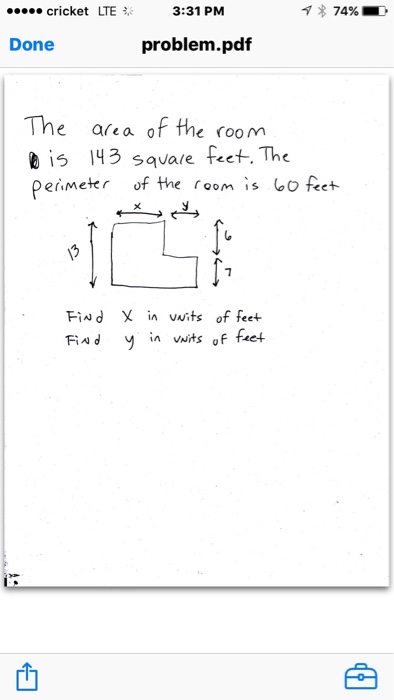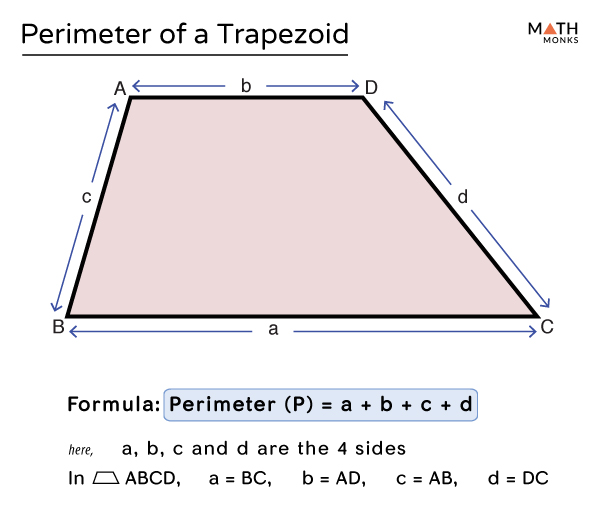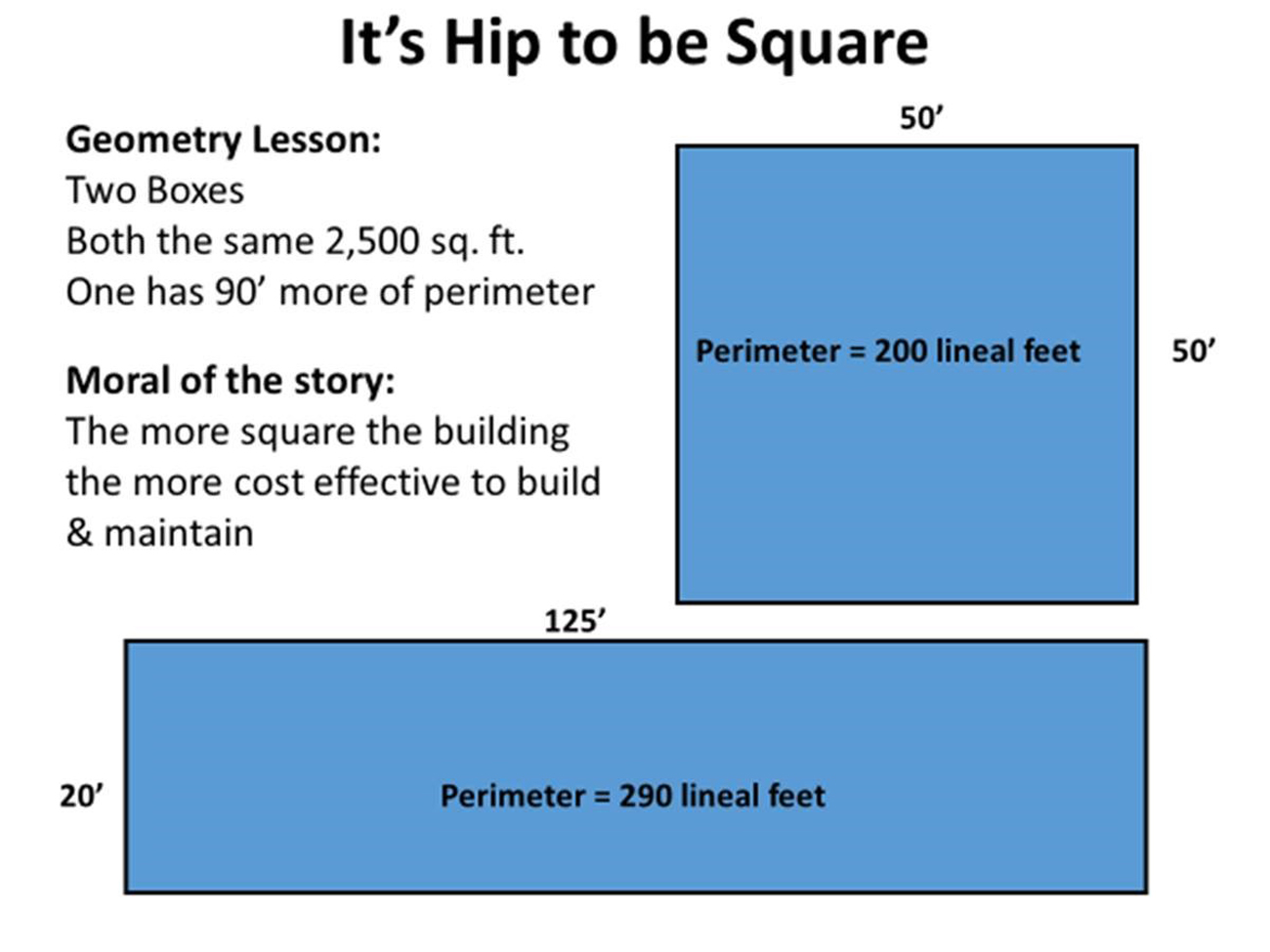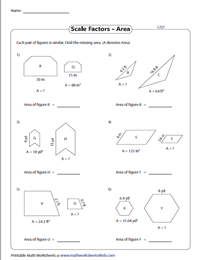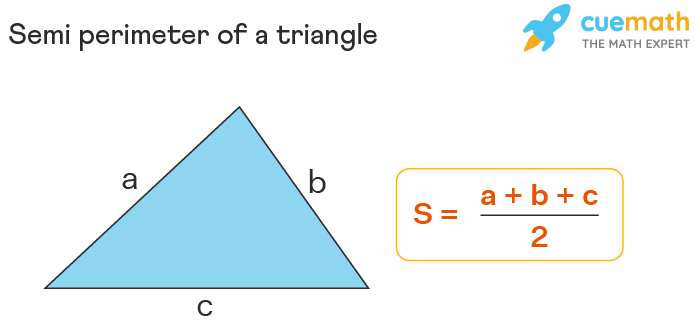Topic perimeter of a room: Discover the art of measuring the perimeter of a room, a fundamental skill that transforms how you approach interior design, space optimization, and efficient home renovation projects.
Table of Content
- How do you calculate the perimeter of a room?
- Basic Definition and Importance of Room Perimeter
- Step-by-Step Guide to Measure the Perimeter
- Tools and Equipment Needed for Accurate Measurement
- Calculating Perimeter for Different Room Shapes
- Common Mistakes and How to Avoid Them
- Applications of Perimeter in Home Decoration and Renovation
- YOUTUBE: Calculating the Perimeter of a House
- Tips for Using Perimeter Measurements in Interior Design
- Understanding Perimeter Calculations in Irregular Shaped Rooms
- Using Technology to Assist in Perimeter Measurements
- FAQs and Troubleshooting Perimeter Measurement Issues
How do you calculate the perimeter of a room?
To calculate the perimeter of a room, you can use the following steps:
- Measure the length of one side of the room using a measuring tape. Let\'s call it \"L\".
- Measure the width of an adjacent side of the room using the same measuring tape. Let\'s call it \"W\".
- Multiply the length and the width together to find the area of the room. So, Area = L x W.
- Double the sum of the length and the width to find the perimeter. So, Perimeter = 2 x (L + W).
Here\'s an example:
| Length (L) | Width (W) | Area | Perimeter |
| 10 feet | 8 feet | 80 square feet | 36 feet |
In this example, the length is 10 feet and the width is 8 feet. So, the area of the room is 10 x 8 = 80 square feet. The perimeter of the room is 2 x (10 + 8) = 36 feet.
READ MORE:
Basic Definition and Importance of Room Perimeter
The perimeter of a room is the total length of all its walls. Understanding this measurement is essential for various practical applications, such as calculating the amount of paint or wallpaper needed for a renovation, or planning the layout of furniture and fixtures for optimal space utilization.
- Essential for Accurate Material Estimates: Knowing the perimeter helps in accurately estimating the quantity of materials like baseboards, crown molding, or flooring.
- Key in Interior Design: It assists interior designers in planning the layout, ensuring that furniture fits perfectly, and maintaining the right balance and proportion in the room.
- Crucial for Renovation Projects: For renovations, understanding the perimeter is vital for tasks like installing new flooring, where precise measurements are necessary.
- Useful in Real Estate: Real estate professionals use perimeter measurements to provide potential buyers with accurate room dimensions.
- Helps in DIY Projects: For DIY enthusiasts, knowing the room\"s perimeter is crucial for projects like installing decorative trim or creating a gallery wall.
Overall, the concept of room perimeter is not just a mathematical measurement; it\"s a practical tool for efficient and effective space management, whether in home decoration, renovation, or design planning.

Step-by-Step Guide to Measure the Perimeter
Measuring the perimeter of a room is a straightforward process that requires minimal tools and can be done with accuracy and ease. Follow these steps to ensure precise measurements:
- Gather Your Tools: You\"ll need a measuring tape, a notepad, and a pen or pencil. For larger rooms, a laser measuring device can be handy.
- Start at One Corner: Begin measuring at any corner of the room. Ensure the measuring tape is flat against the wall for accuracy.
- Measure Each Wall: Measure the length of each wall from one corner to the next. Record each measurement in your notepad.
- Account for Doors and Windows: If there are doors or windows, measure the length of these and subtract it from the total wall length.
- Add the Measurements: Add up the lengths of all the walls to get the total perimeter of the room.
- Check for Accuracy: Double-check your measurements to ensure accuracy. It’s a good practice to measure twice.
- Consider Room Shape: For non-rectangular rooms, measure each segment of the wall and add them together.
Remember, precise measurements are crucial for effective space planning, especially in interior design and renovation projects.

Tools and Equipment Needed for Accurate Measurement
To accurately measure the perimeter of a room, certain tools and equipment are essential. These tools ensure precision and ease during the measurement process:
- Measuring Tape: A flexible measuring tape is ideal for following the contours of walls and corners.
- Laser Distance Measurer: For larger rooms, a laser distance measurer can quickly and accurately measure distances across straight lines.
- Notepad and Pen: Essential for recording measurements as you go, ensuring no dimensions are forgotten.
- Calculator: Helpful for adding up measurements and converting units if necessary.
- Level: Ensures your measurements are straight, especially important when dealing with uneven floors or walls.
- Graph Paper: For sketching the room layout and noting measurements, aiding in visualization and planning.
- Smartphone Apps: There are various apps available that can assist in measuring and recording room dimensions.
Using the right tools not only simplifies the process but also guarantees the accuracy of your measurements, which is crucial for any subsequent planning or renovation activities.

Calculating Perimeter for Different Room Shapes
Calculating the perimeter of a room can vary depending on the shape of the room. Below are methods for different common room shapes:
- Rectangle or Square Rooms: Add the length of all four sides. For a square room, multiply one side by four.
- Triangular Rooms: Add the lengths of the three sides.
- Circular Rooms: Measure the diameter and use the formula: Perimeter = π × diameter.
- L-Shaped Rooms: Measure each segment and add them together.
- Irregular Shapes: Break down the room into regular shapes, calculate each one\"s perimeter, and then sum them up.
For accuracy, ensure each measurement is taken at the same height from the floor and account for any irregularities like alcoves or recesses.

_HOOK_
Common Mistakes and How to Avoid Them
Measuring the perimeter of a room seems straightforward, but common errors can lead to inaccurate measurements. Here are some mistakes to avoid:
- Not Using a Level Surface: Ensure your measuring tape is flat and level against the wall for precise measurements.
- Ignoring Obstructions: Account for any protrusions or recesses in the walls, like fireplaces or built-in cabinets.
- Forgetting to Measure All Walls: In irregularly shaped rooms, make sure to measure each wall segment.
- Assuming Walls are Straight: In older buildings, walls may not be perfectly straight. Measure at several points along the wall and use the average.
- Overlooking Room Height: For projects requiring vertical measurements, don\"t forget to measure from floor to ceiling.
- Incorrect Unit Conversion: Be consistent with units. Mixing up feet and meters can lead to significant miscalculations.
- Not Double-Checking Measurements: Always measure twice to ensure accuracy.
Avoiding these common pitfalls will lead to more accurate and reliable measurements, crucial for effective planning and execution of any room-related project.

Applications of Perimeter in Home Decoration and Renovation
Understanding the perimeter of a room is crucial in home decoration and renovation. It aids in the efficient planning and execution of various design and structural changes. Here are some key applications:
- Flooring Installation: Accurate perimeter measurements ensure that the right amount of flooring material is purchased, reducing waste and cost overruns.
- Painting and Wallpapering: Knowing the room\"s perimeter helps in estimating the amount of paint or wallpaper needed, ensuring a smooth and uninterrupted application process.
- Installing Crown Molding and Baseboards: Perimeter measurements are essential for cutting molding and baseboards to the correct length, minimizing material waste.
- Space Planning: Understanding the perimeter helps in effectively planning the layout of furniture, ensuring a balanced and harmonious room design.
- Energy Efficiency Improvements: In insulation projects, perimeter measurements help in determining the amount of material required to properly insulate a room, leading to better energy efficiency.
- Custom Cabinetry and Shelving: For built-in units, accurate perimeter dimensions are vital to ensure a perfect fit and optimal use of space.
In conclusion, the perimeter of a room is a foundational measurement in home decoration and renovation. It influences material requirements, cost estimations, and the overall aesthetic and functional outcome of a project.

Calculating the Perimeter of a House
Discover the beauty and charm of your dream house! From cozy cottages to luxurious mansions, this video showcases the most stunning and unique houses from around the world. Don\'t miss out on the opportunity to be inspired by these breathtaking architectural masterpieces!
Finding the Area and Perimeter of a Square
Get ready to be amazed by the fascinating world of squares! This video takes you on a journey exploring the incredible symmetry, patterns, and versatility of squares in art, nature, and design. Witness the mesmerizing beauty that can be created with the simple shape of a square.
Tips for Using Perimeter Measurements in Interior Design
Perimeter measurements play a vital role in interior design, helping designers create spaces that are both functional and aesthetically pleasing. Here are some practical tips for using these measurements:
- Room Proportioning: Use the perimeter to divide a room into equal or proportional sections for a balanced look. This is especially helpful in large or irregularly shaped rooms.
- Furniture Layout: Knowing the perimeter helps in planning the placement of furniture. Ensure there\"s enough walking space between furniture pieces for a comfortable flow.
- Window Treatments: Accurate perimeter measurements are essential for selecting the right size of curtains or blinds, ensuring they fit perfectly.
- Artwork and Mirror Placement: Use the room\"s perimeter as a guide to evenly space out artwork or mirrors, creating a harmonious visual effect.
- Lighting: Perimeter measurements help in determining the placement of lights and fixtures, ensuring even distribution of light throughout the room.
- Rug Sizing: Measure the room\"s perimeter to choose a rug that fits well within the space, either as a focal point or to define different areas in an open plan.
- Accent Wall Creation: Use the perimeter to determine the length of an accent wall, ensuring it\"s proportionate to the rest of the room.
- Maximizing Small Spaces: In smaller rooms, knowing the perimeter can help in choosing multi-functional furniture and storage solutions that make the most of the available space.
Incorporating perimeter measurements in interior design ensures a well-planned and cohesive space, enhancing both functionality and style.

Understanding Perimeter Calculations in Irregular Shaped Rooms
Calculating the perimeter of irregularly shaped rooms can be challenging but is essential for accurate room planning and decoration. Here’s how to approach it:
- Break Down the Room Shape: Divide the irregular room into regular shapes like rectangles, triangles, or circles. Measure the perimeter of each shape separately.
- Measure Each Segment: Use a tape measure to record the length of each wall segment. For curved walls, use a flexible tape measure.
- Account for Obstructions: In cases where there are obstructions like built-in furniture or fireplaces, measure the length up to the obstruction and then resume measuring on the other side of it.
- Add Measurements Together: Sum up all the individual measurements to get the total perimeter of the room.
- Use Perimeter for Planning: Apply the total measurement for tasks like buying baseboards, planning carpeting, or calculating the amount of paint needed.
- Consider Room Corners: For rooms with non-90-degree angles, use a protractor to measure the angle. This helps in cutting materials like baseboards accurately.
- Verify Measurements: Always double-check your measurements for accuracy. Small errors can lead to significant discrepancies in large projects.
Understanding perimeter calculations in irregularly shaped rooms is crucial for accurate material estimation and achieving a harmonious design in your home decoration and renovation projects.
Using Technology to Assist in Perimeter Measurements
Advancements in technology have made it easier and more accurate to measure the perimeter of rooms, especially those with complex shapes. Here are some ways technology can assist:
- Laser Distance Measurers: These devices provide quick and precise measurements of straight lines, making it easy to calculate the perimeter of a room.
- Measurement Apps: Many smartphone apps can measure distances using the phone\"s camera. They are particularly useful for quick estimates.
- 3D Room Scanning Technology: Advanced tools can create a 3D model of a room, automatically calculating its perimeter and area.
- Digital Tape Measures: These are more accurate than traditional tape measures and often include features to save and transfer measurements electronically.
- Augmented Reality (AR) Tools: AR apps allow users to virtually measure a room\"s perimeter by pointing their device around the room\"s edges.
- Online Calculators: For basic shapes, online perimeter calculators can compute measurements based on entered dimensions.
- Computer-Aided Design (CAD) Software: Professionals use CAD for precise architectural and interior design measurements, including room perimeters.
These technological solutions enhance accuracy, efficiency, and ease in perimeter measurement, vital for various applications in construction, interior design, and renovation.

_HOOK_
READ MORE:
FAQs and Troubleshooting Perimeter Measurement Issues
Measuring the perimeter of a room can sometimes pose challenges. Here are some frequently asked questions and their solutions to help you navigate these issues:
- Q: How do I measure the perimeter of a room with an irregular shape?
- A: Divide the room into regular shapes (like rectangles and triangles), measure each shape separately, and then add these measurements together.
- Q: What if my measurements seem off?
- A: Double-check your measurements. Ensure your measuring tape is straight and level, and measure each wall at least twice for accuracy.
- Q: Can I use technology to measure the perimeter?
- A: Yes, laser distance measurers, smartphone measurement apps, and augmented reality tools can provide accurate measurements, especially for complex room shapes.
- Q: How do I account for doors and windows in perimeter measurements?
- A: Measure the entire length of each wall, including the space occupied by doors and windows, to get the total perimeter.
- Q: What is the best tool for measuring the perimeter of a large room?
- A: For larger rooms, a laser distance measurer is often the most accurate and convenient tool.
- Q: How do I handle corners that are not perfect right angles?
- A: Use a protractor to measure the angle of the corner. For obtuse or acute angles, adjust your measurements accordingly.
- Q: What should I do if I encounter obstacles like built-in furniture while measuring?
- A: Measure up to the obstacle, then resume measuring on the other side of it. Add these separate measurements for a complete perimeter.
Remember, accurate perimeter measurements are key to successful room planning, decoration, and renovation projects.
Mastering the art of perimeter measurement unlocks endless possibilities in home design and renovation. Embrace these insights to transform your space with precision, creativity, and confidence.
